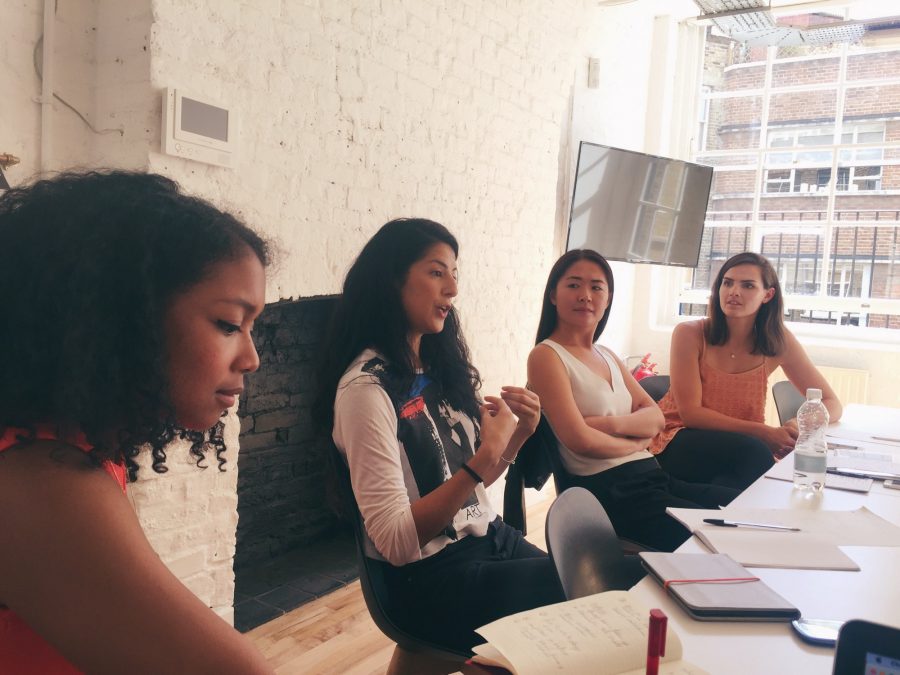Understanding the importance of having an amazing CV is simple. While it may be a bit awkward, knowing how to sell yourself is an essential skill to any job candidate. It is your way of signalling to a potential employer that you, above all other applicants, are the right person for the job. The difference between who wins between two identical candidates could come down to which sold herself better. Bashfulness and self-consciousness aside, it might be more effective for you to think of your CV as the way for you to demonstrate you have the great communication skills all employers look for.
Building a master CV
To revamp your CV into a “top of the pile” masterpiece, start out with building a master CV. This is your long list, a stream of consciousness, free flow where you note every role and responsibility you’ve had. The space where the master CV lives is free from your usual judgements and your perfectionist formatting. It is where you simply list everything you’ve done and every achievement you’ve earned from school to now. If you really open your mind this should be a few pages long. This will form the basis of your newer CV for a specific role. Can you remember your first ever CV? Maybe you wrote it in your teens. What did you cram into the bullet points which now give you writer’s block? I bet your younger self had no qualms about dropping in little achievement bombs like “Selected to be a finalist in the spelling bee”. It’s amazing how people struggle to think of their achievements and selling points, only to dig deep and realise you have most probably managed a team of three, successfully pitched to new clients or started a blog and grown it to have 1000 views daily. There’s probably a lot more you can say about yourself on your CV than you think.
Remember that your CV is your future employer’s first impression of you, your first opportunity to be memorable. Make this as effective as possible by drawing attention to your interesting range of responsibilities, your diverse skill set and your unique achievements. If you’re still finding it tough to get the wheels in motion, approach building your master CV in a different mindset. Imagine you’ve been employed as a copywriter to look at another person’s past experiences and achievements (at both school and work) in order to sell them to future employers. If this copywriter were to look through all your past achievements and experiences — what would they write?

Self-promotion
It’s important to find a way to feel positive, not awkward about promoting yourself. Remind yourself that you worked hard for those accolades. Every bullet point on your CV is a trophy you should show off proudly. These are assets that distinguish you from the competition, that get you through to the next stage of hiring. Quantify as many of your achievements as possible. This gives a measure to recruiters and helps them compare you more objectively to other applicants. It also forces you to be less vague and give more detail about the work you’ve done in the past and the results that you achieved.
Designing your CV
Based on my experience in hiring rounds, unless you’re going for a purely creative role, very little. On the aesthetic front, what matters most is ease of reading, clear and consistent formatting, faultless grammar and no typos or spelling mistakes. Ensure you use simple formatting like bold and italics to draw the recruiter’s attention to specific themes or highlights. They should only serve to break up text in order to make your CV easier to digest. They should be used consistently and sparingly and not be distracting. Think of your CV as your billboard, sending signals to a future employer about your abilities. And what do you do when there’s a gap between where you are now / what your experience says about you, and where you want to be? Bridge that gap in your opening summary. In a few short but powerful sentences, draw the reader in with the relevant buzzwords and big brand names that signal you have high quality experience, signing it all off with what a few words on what you aspire to achieve next. Link the words in a way that makes its conclusion (i.e. your future aspiration/their open position) a logical next step. This is your elevator pitch, your rehearsed default answer to the ‘tell me a little bit about yourself’ phone screen opener. Work on this as much as you need to. Draft it, re-draft it, test it out and reiterate. Eventually, you’ll land on something you like, something that rolls off the tongue and will stick.
Once you have your master CV locked and loaded, applying to different roles becomes a simple exercise of adapting the master CV into a tailored CV for every role, cross referencing the job description bullet points against your own long list of achievements. You’ll be able to present an edited, curated list painting you as the perfect person for that open position. Your CV may be your one and only first impression, but it’s just the first in a long list of tests you need to ace in order to land that dream job.
This article was originally posted on Abadesi Osunade’s Medium.

